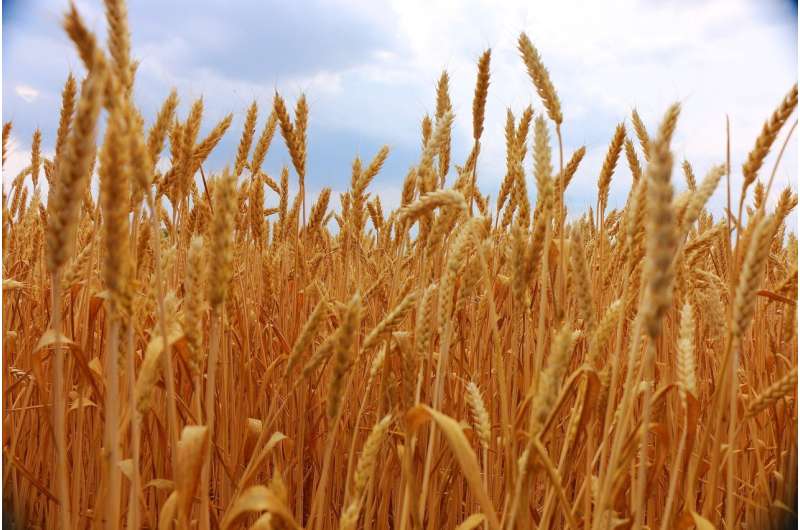Credit: CC0 Public Domain
"Flour is the sifted meal from grains, nuts, seeds and legumes," says Anya Guy, a Mayo Clinic dietitian. "That's why there can be a lot of variety of flour in the grocery store."
Guy says one healthy pick is flour that's labeled 100 percent whole wheat. That means you're getting three parts of the grain: the endosperm, the bran and the germ.
"Whole-wheat flour would be better for your health because it is encompassing the whole grain, which is fiber," explains Guy.
With more people searching for gluten-free options, nonwheat flours like almond, chickpea, coconut and soy, are gaining popularity. Guy says these flours offer different elasticity and textures.
"If you're just starting out experimenting with different flours, try doing a bread or a muffin with a nonwheat type of flour, and see how it turns out," she adds.
She says trial and error will help you zero in on your favorite taste and texture.
"Choose a flour that you've never baked with before, and look up a recipe to try something new," Guy says.
And, Guy says, no matter which flour you pick, to keep it fresher longer, store it in the fridge in an airtight container.
©2019 Mayo Foundation for Medical Education and Research
Distributed by Tribune Content Agency, LLC.























